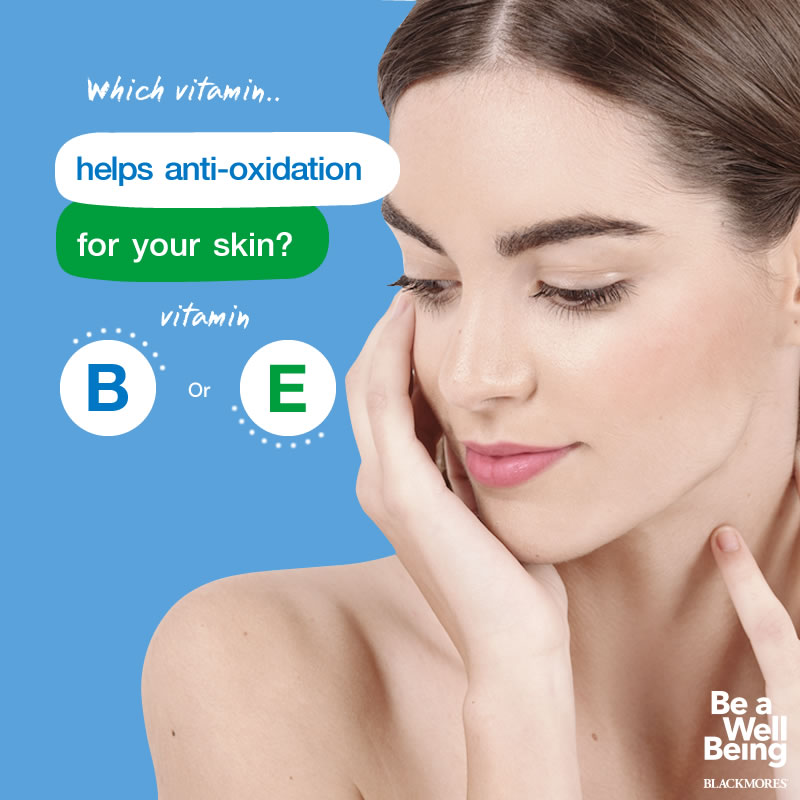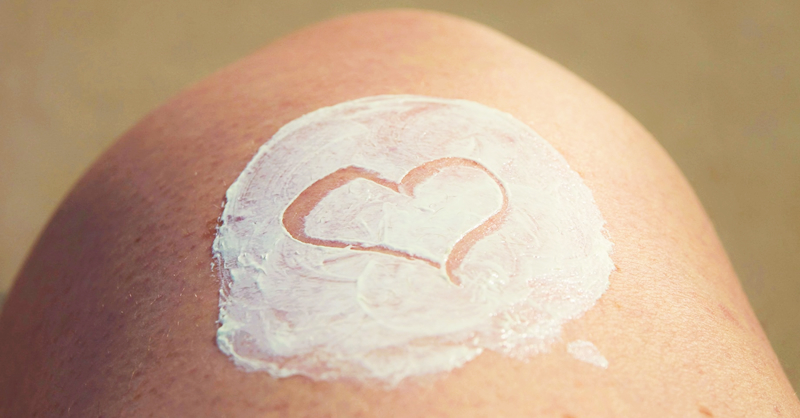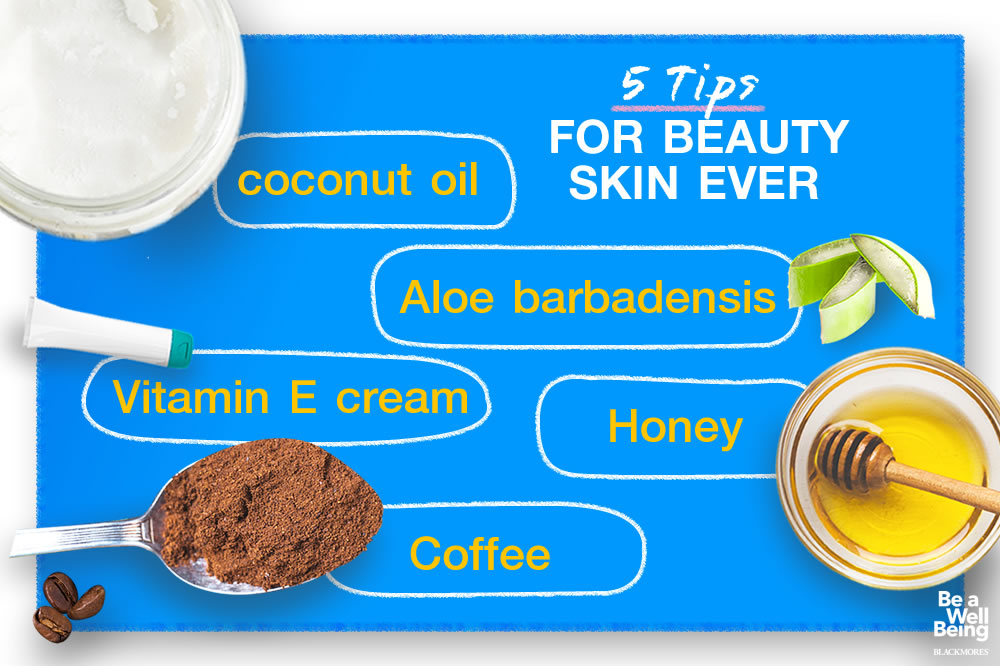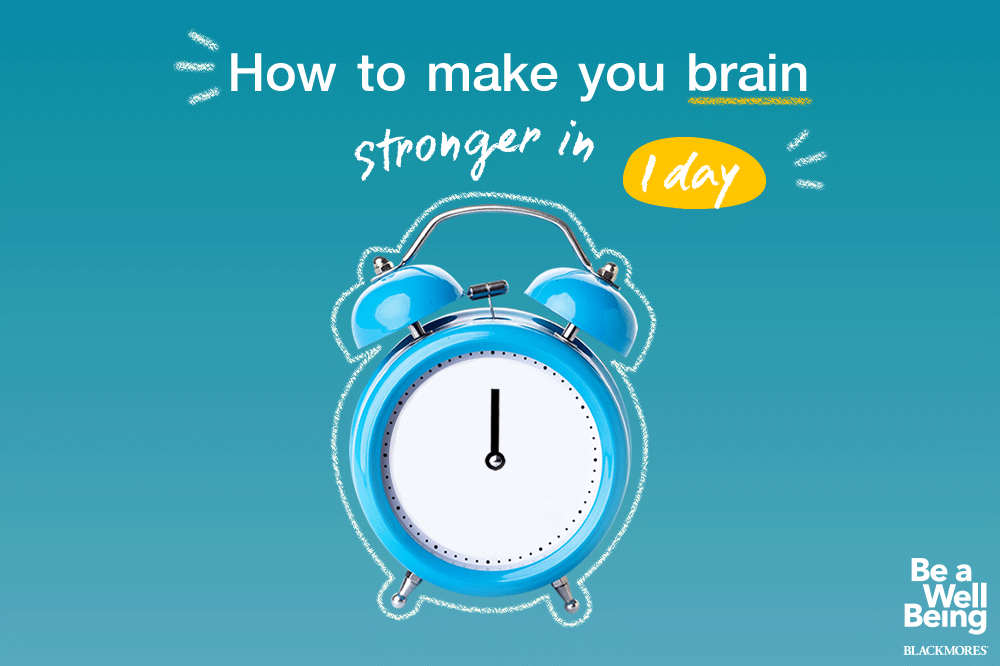When it comes to summertime health for children, sensible nutrition and hydration go hand in hand with UV protection. Stephanie Oley investigates.
The health warnings about overexposure to sun are everywhere. But still, it seems, Australians can’t get enough of that delicious sun.
In the latest National Sun Protection Survey, released in 2008, researchers found that adolescents were spending on average two hours outdoors in peak UV times. Twenty-nine per cent ‘forgot’ to protect themselves from the sun, with only 37 per cent wearing sunscreen and just 4 per cent donning a wide-brimmed hat.
Other studies suggest that, while most Australian caregivers are aware of the dangers of UV exposure, up to 82 per cent of children will have experienced sunburn by the age of three.
Good sun
Just by getting out in the sun for a few minutes each day at 10am or 2pm (or 3pm in summer), your child is getting his or her daily dose of vitamin D. This important vitamin goes hand in hand with calcium as being vital for healthy bone maintenance.
Bad sun
Regular, prolonged exposure to dangerous UV levels heightens the risk of permanent cell damage.
“For most people, the primary concern is premature ageing – ending up with skin that’s wrinkled and blemished,” says Professor Ian Olver, Chief Executive Officer of Cancer Council Australia.
“Given the current debate about vitamin D levels, our main message is: people must take precautions when the UV index is three and above,” he states. Sun damage is cumulative, Olver points out, so it’s important to start young in getting your child to slip, slop and slap on that sun protection.
2 essential sunshine health tips
While nothing beats proper sun protection, the following nutrients will help maintain the health of your child’s skin, hair, eyes and cells in summer.
1. Water – “Children actually require more water per kilo of body weight than adults,” explains Clare Evangelista, dietician at the Balance Diet Centre, Darwin. For example, children aged one to five require 120 ml of water per kilo of body weight, compared with 35 to 40 ml per kilo for adults. Some of this can be met through high-water foods such as fruit, and dairy foods such as milk.
2. Antioxidants – Antioxidants are good for cell protection, explains Evangelista. Antioxidants help neutralise free radicals (molecules that cause cell damage), which may be produced in the body through exposure to sun. Important antioxidant vitamins are:
Beta-carotene
Vitamin C
Vitamin E
“These vitamins are found in a well-balanced whole food diet, and are best taken with zinc and selenium-rich foods,” explains Blackmores advisory naturopath Kim Robertson. Red, orange and yellow-coloured fruits and vegetables (such as capsicum, berries and squash) are particularly rich in antioxidants, as are leafy green vegetables (kale, spinach). Consider a supplement if your child is ill or a poor eater.
A word on sunscreen
What’s this you’ve heard about sunscreen being bad for you?
While some ingredients, such as alcohol and fragrances, may cause skin irritation there is no evidence suggesting that sunscreen causes more serious, long-term side effects.
Sunscreens with physical (as opposed to chemical) UV filters contain microfine particles, which sit on the skin to block UV rays. Zinc oxide and titanium dioxide are the main filters used, mostly in nanoparticle form.
To date, Australia’s Therapeutic Goods Administration (TGA) has found no scientific evidence suggesting that nanoparticles reach viable skin cells to cause any adverse effects. The TGA continues to monitor emerging scientific literature, to monitor this safety concern.
Did you know?
You can tell how high the UV index is just by looking at your shadow. If it’s shorter than you (at midday, for example), you’re probably receiving a high level of UV exposure. If it’s longer than you (early or late in the day), you’re probably getting low levels of UV exposure.




















































